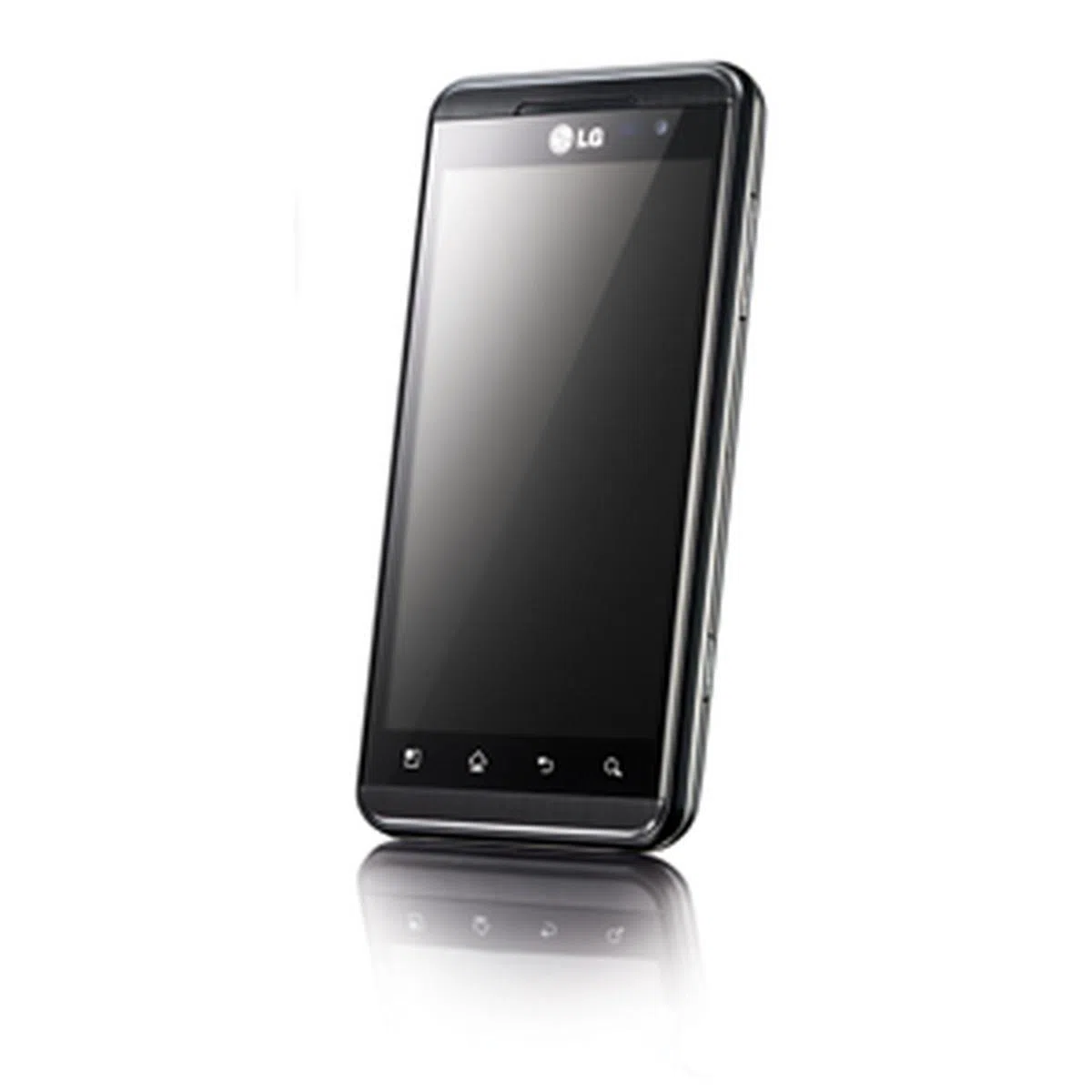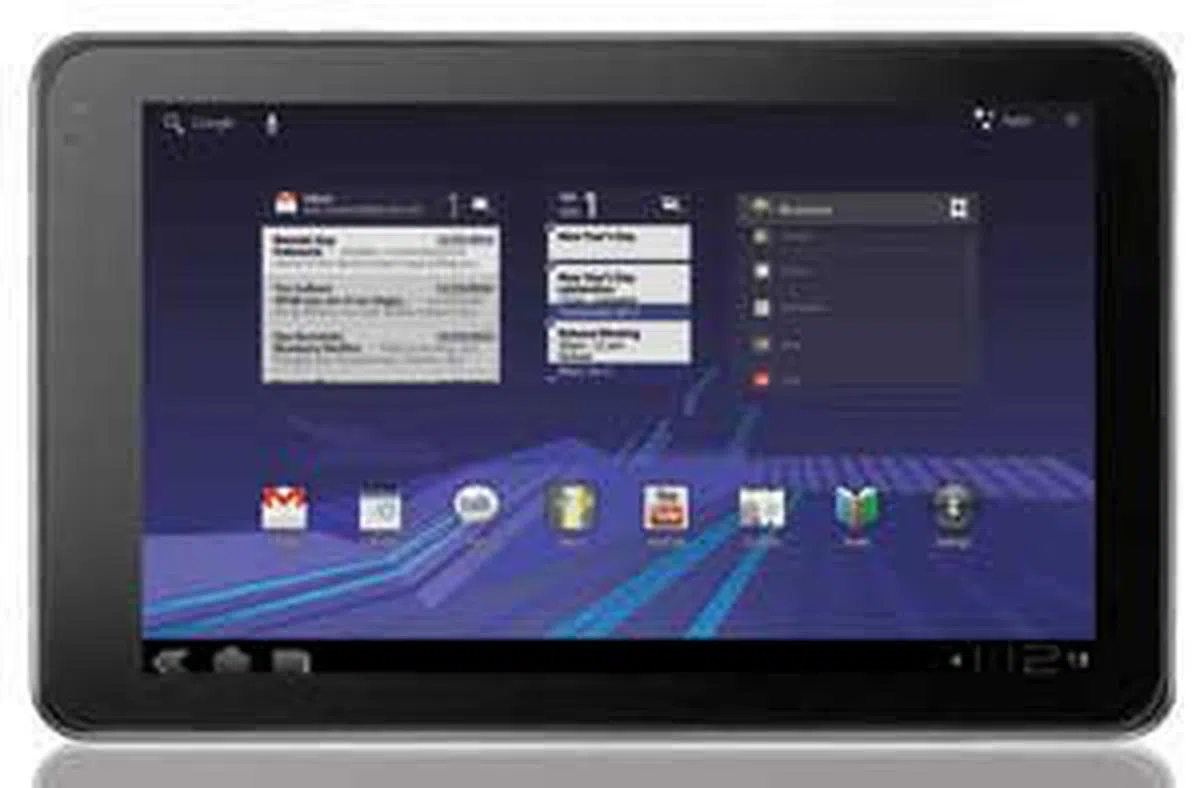MWC 2011 - Hands-on with LG Optimus 3D and Pad
A phone that uses glasses-free 3D display, and a tablet that records 3D images. That's one of the major highlights at MWC 2011 when we checked out both the LG Optimus 3D and Optimus Pad, and here's our hands-on impressions of these unique mobile devices.
Hands-on with the LG Optimus 3D
LG is bent on making its presence felt in 2011 with its unique lineup. During CES 2011, we've already seen the company's first dual-core smartphone in action, the LG Optimus 2X. Using NVIDIA's Tegra 2 processor, the Optimus 2X was just one of the many upcoming mobile devices that will soon adopt multi-core technology. Following up, we also saw the announcement of the LG Optimus Black, which introduces the Nova display that promises better power efficiency and greater screen performance.
Both the Optimus 2X and Black represents two out of four of the trends that LG has identified during its press conference at MWC 2011 - multi-core technology and display innovation. At Barcelona, the company officially reveals its last two devices that fulfills the next two trends - 3D and tablets. The first of which is the LG Optimus 3D, a unique mobile device that utilizes a glasses-free 3D display. The latter is aptly represented by the LG Optimus Pad, the company's first tablet that runs on Google Android 3.0, aka Honeycomb.
The LG Optimus 3D isn't just unique for its 3D proposition. The device is powered by the Texas Instrument OMAP4 chipset, which creates a dual-core, dual-channel and dual-memory architecture (hence 3D) to drive better performance for its 3D imaging and display. Speaking of which, the display comes with a generous real estate space of 4.3-inch, and as mentioned earlier, is capable of rendering 3D images without the use of 3D glasses. During our hands-on with the Optimus 3D, 3D imagery can be clearly seen when you look at the display straight on. Shifting our view to various angles would disrupt the 3D display.

With a generous 4.3-inch display that supports 3D output, the Optimus 3D can get a little hefty in weight at 168g.
Besides its 3D display, the Optimus 3D comes with two 5-megapixel cameras. The purpose is also tied to 3D technology, allowing the Optimus 3D to capture videos in 3D format at up to 720p. On 2D formats, the Optimus 3D bumps up its video resolution to 1080p. With a HDMI 1.4 output attached to the device, this means you can easily display your 3D videos onto a 3D-enabled HDTV.

The use of stereoscopic cameras for 3D imaging could be the start of a new trend by LG.

Lately, most high-end smartphones come with a HDMI output. So it's of no surprise to see such a port on the Optimus 3D.
LG isn't limiting its 3D content to the mobile space. During the press conference, the company announced that it has entered into a partnership with Google YouTube, specifically the video-sharing site's 3D channel to allow instant upload of 3D videos. With Google providing the infrastructure, LG also aptly creates 3D-specific apps on the Optimus 3D for the very purpose of harnessing its 3D features. A 3D shortcut key can be found on the right profile of the Optimus 3D. This brings up a 3D-enabled user interface, which is brought to life by the same 3D display.

The 3D shortcut key reveals a 3D user interface (you'll have to see it to believe it) that lets you upload 3D videos onto the YouTube 3D channel.
The LG Optimus 3D will see a global roll-out by early Q2 2011, with Europe as the first market to receive the 3D mobile device. During its initial roll-out, the Optimus 3D will be pre-loaded with Google Android 2.2, with an upgrade to Android 2.3 slated for a later date.
 | Key highlights of the LG Optimus 3D
|
Hands-on with the LG Optimus Pad
LG is also banking on 2011 as the year where the war of the tablets goes into full gear. The LG Optimus Pad is their weapon of choice, and the company explains a few of its design consideration during the press conference. To give you a better overview of the Optimus Pad's capabilities, here's a video demo by one of the LG folks at the booth.

Firstly, the use of an 8.9-inch display stems from consumers' feedback over tablets that are too large and doesn't have the portability that they hope for. Weighing in at 630g, the Optimus Pad is designed for an easy one-hand grip, and we have to agree with the comfortable size and weight when we held it in our hand.

We definitely agreed with the 8.9-inch display and its manageable weight that makes it easy on our hands.
The Optimus Pad is capable of HD video playback at 1080p, powered by NVIDIA's Tegra 2 chip. Beyond its HD video playback, the Optimus Pad shares the same stereoscopic camera technology as the Optimus 3D, which gives it the ability to do 3D video recording too. At the LG booth, a demonstration showed the Optimus Pad's 3D video recording in action, which requires you to wear 3D glasses to enjoy the stereoscopic effect.

A dual-lens 5-megapixel camera, similar to the Optimus 3D, is found on the Optimus Pad, indicating 3D video recording as part of its features.

Viewing 3D content requires you to wear the 3D glasses, which can be viewed via the Optimus Pad or through its HDMI output.
Like most tablets that'll be launched in 2011, the Optimus Pad will be using the tablet-optimized Google Android 3.0, aka Honeycomb. During our hands-on moment with the Optimus Pad, we notice a lack of physical buttons to navigate through the interface. This was duly taken over by soft keys integrated within the Honeycomb interface. This is a definite thumbs-up for us, giving the Optimus Pad a much cleaner design.

This year, expect more tablets running on dual-core CPUs and Android 3.0, like the LG Optimus Pad shown here
The LG Optimus Pad will begin shipping in local markets starting in March, with pricing dependent on region and will be announced at a later date.
 | Key highlights of the LG Optimus Pad
|
Our articles may contain affiliate links. If you buy through these links, we may earn a small commission.